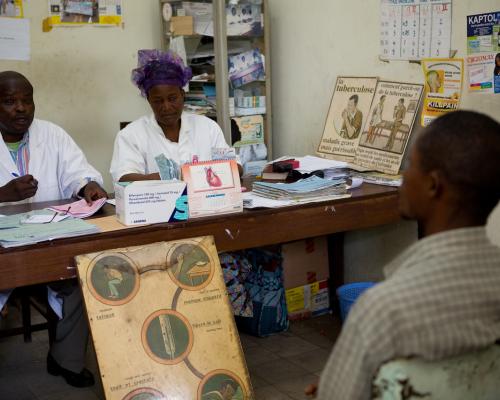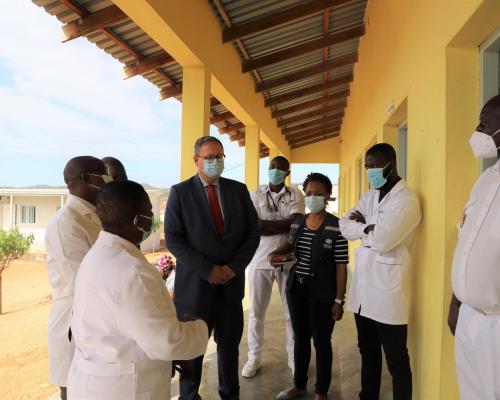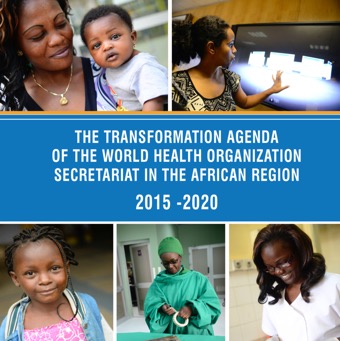Between 5-14 July 2025, Kenya successfully completed a 10-day vaccination campaign, delivering protection against measles, rubella, and typhoid to over 16 million children across all 47 counties. The campaign achieved significant coverage rates, vaccinating 16.1 million children against typhoid (84% coverage) and 5.18 million against measles-rubella (81% coverage).
The campaign targeted diseases posing substantial health threats to Kenya's population. Typhoid affects over 100 000 Kenyans annually, with children under 15 accounting for more than half of cases and deaths. The emergence of antimicrobial-resistant strains has increased treatment complexity and costs, particularly affecting populations in informal settlements and rural areas with limited water and sanitation infrastructure.
Measles surveillance data revealed 2 949 cases and 18 deaths between January 2024 and February 2025. Low uptake of the second measles-rubella dose administered at 18 months has left children vulnerable across 18 affected counties, underscoring the need for targeted intervention.
A critical achievement of the campaign was identifying and vaccinating 74 000 children with no previous immunization history. These "zero-dose" children represent significant gaps in routine coverage that developed during COVID-19 pandemic disruptions, when many families missed scheduled vaccinations due to movement restrictions and overwhelmed health systems.
The campaign's comprehensive approach enabled health workers to reach communities that traditional service delivery models often miss, from urban informal settlements to remote pastoral areas requiring hours of travel on foot.
Kenya has integrated the typhoid conjugate vaccine into its routine immunization schedule at 9 months, providing four years of protection against this endemic disease. This integration represents a significant advancement in the country's immunization program, offering sustained protection beyond the campaign period.
The initiative forms part of "The Big Catch-up," a global effort led by WHO, UNICEF, and partners to restore immunization coverage and reach children who missed vaccinations during the pandemic. This coordinated approach addresses both immediate protection needs and long-term health system strengthening.
Kenya's successful campaign demonstrates the impact of coordinated public health action in addressing multiple disease threats simultaneously. By combining routine strengthening with targeted interventions, the country has established a foundation for sustained immunization coverage and pandemic preparedness.
The campaign's success reflects Kenya's commitment to achieving universal health coverage and protecting every child from vaccine-preventable diseases, regardless of geographic location or socioeconomic status.


